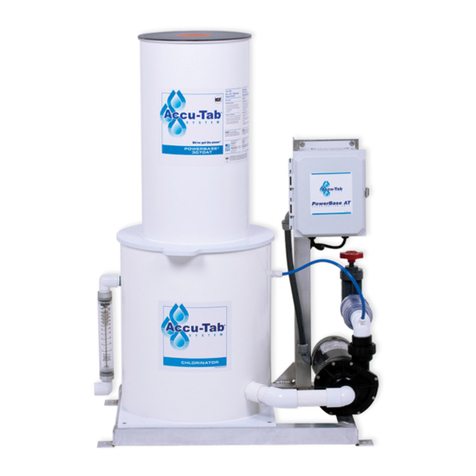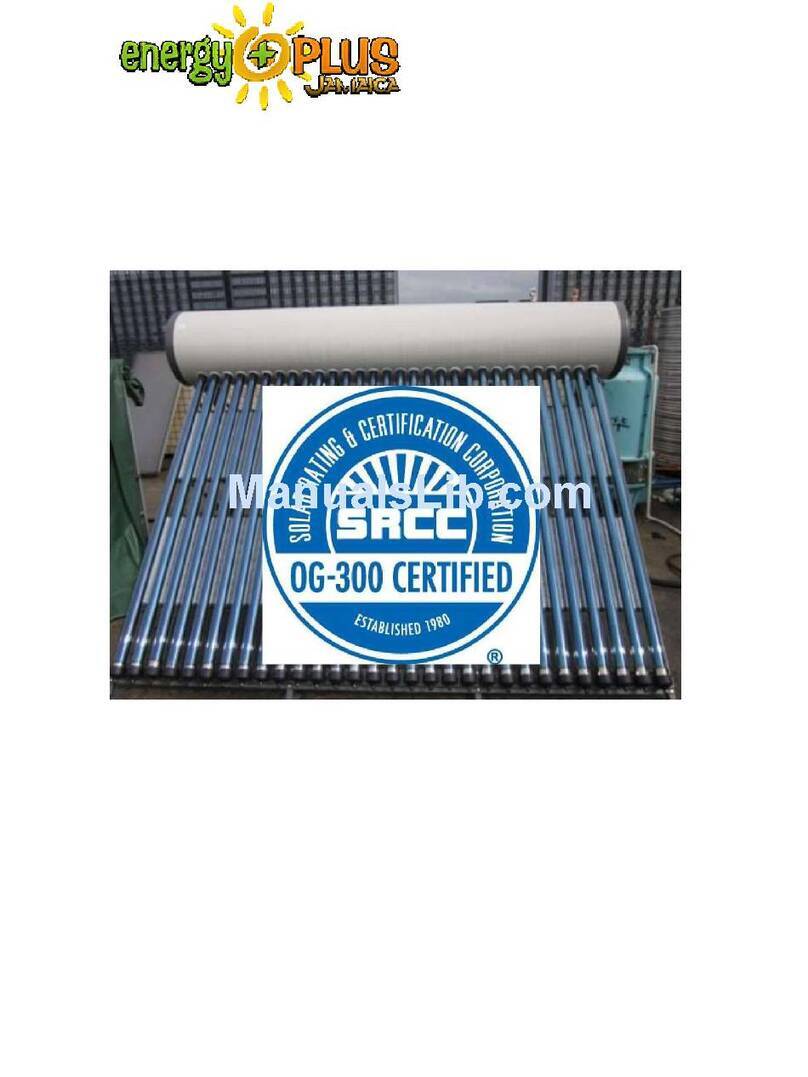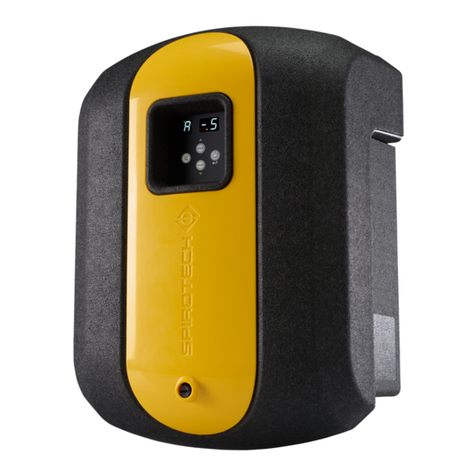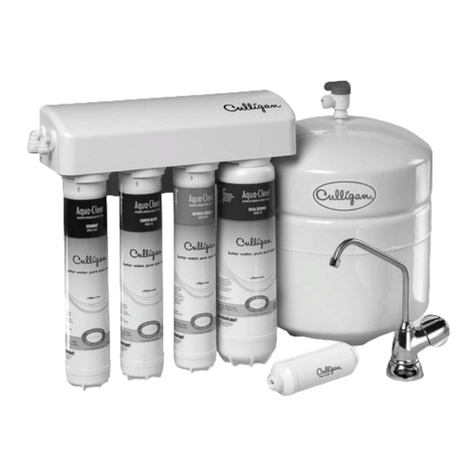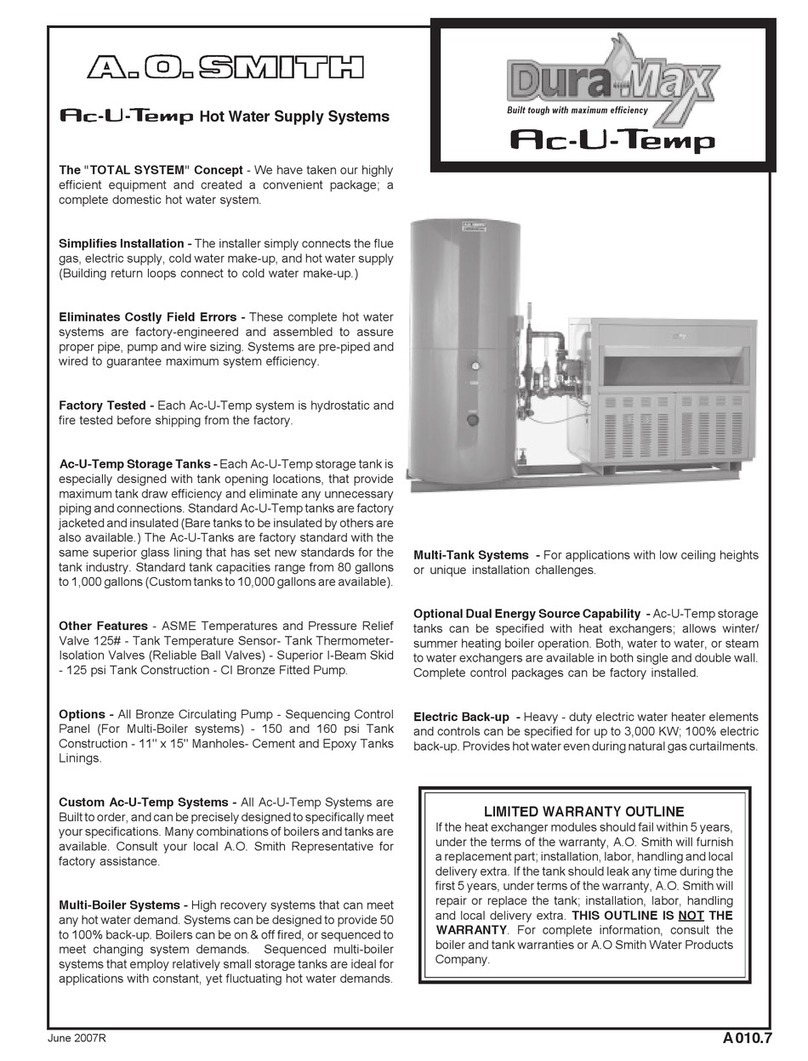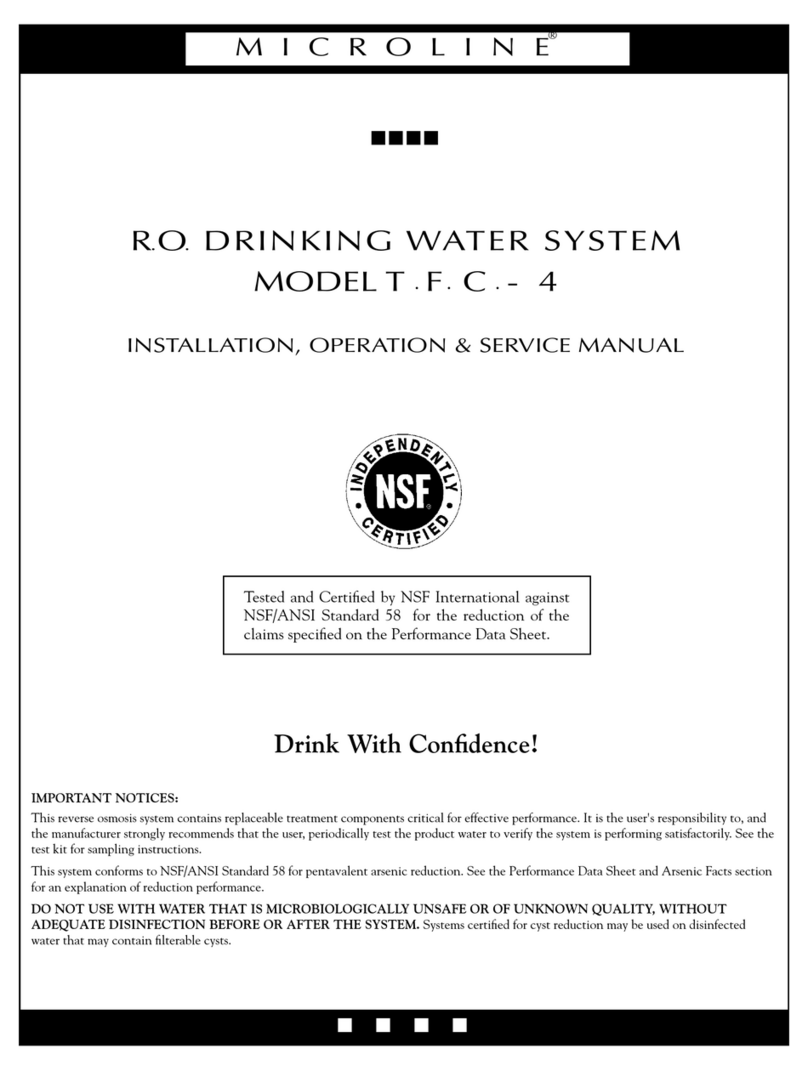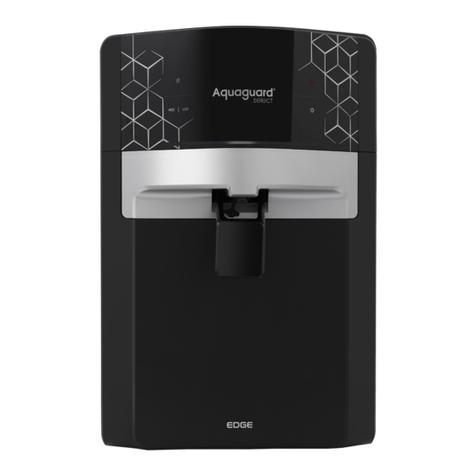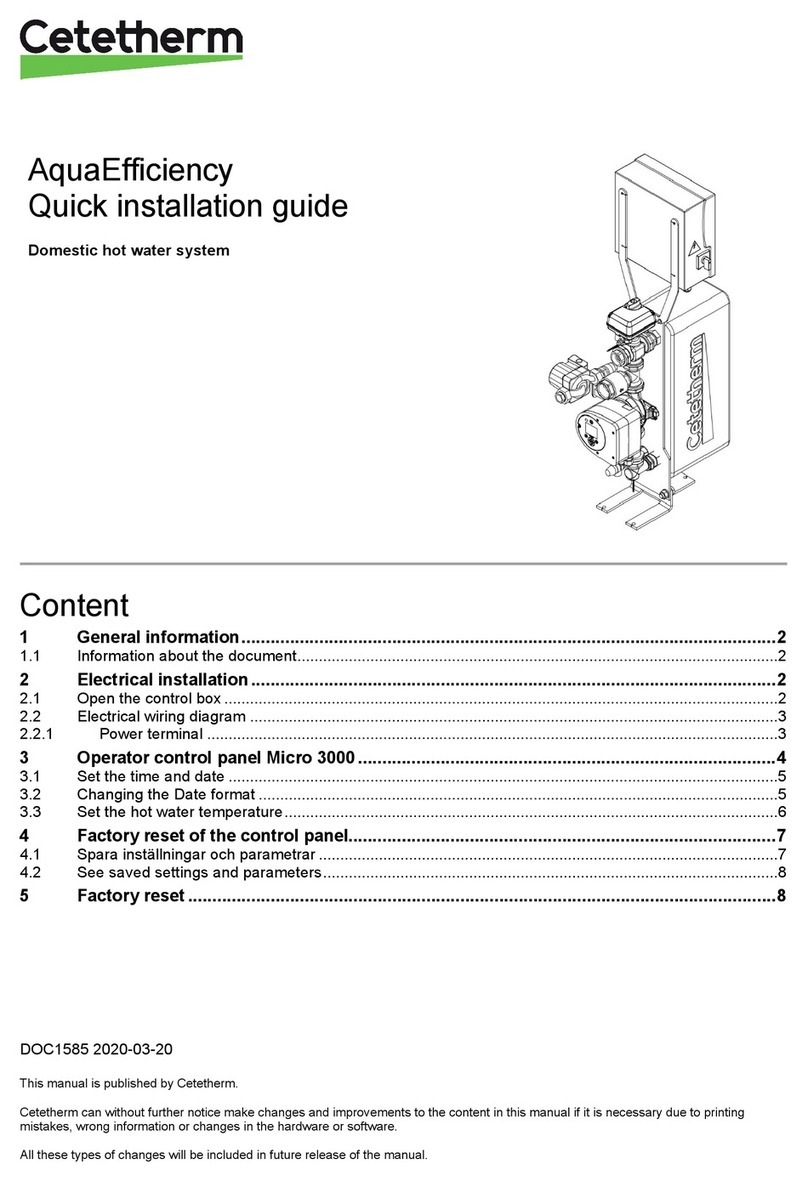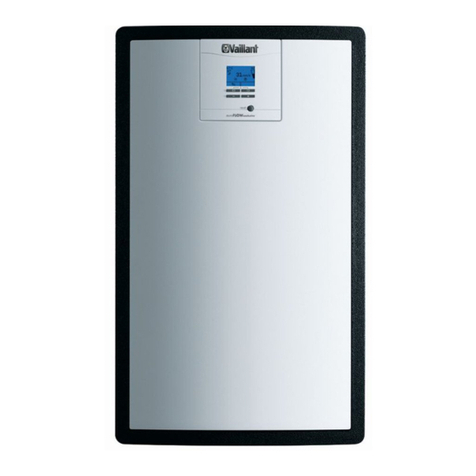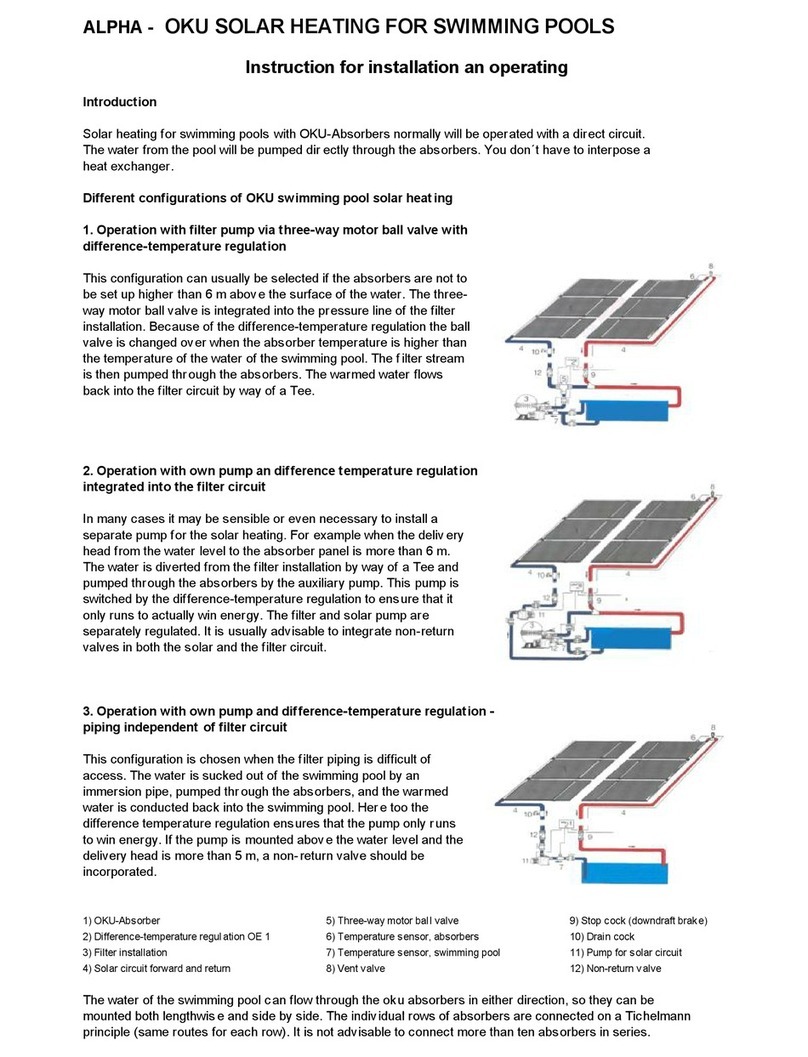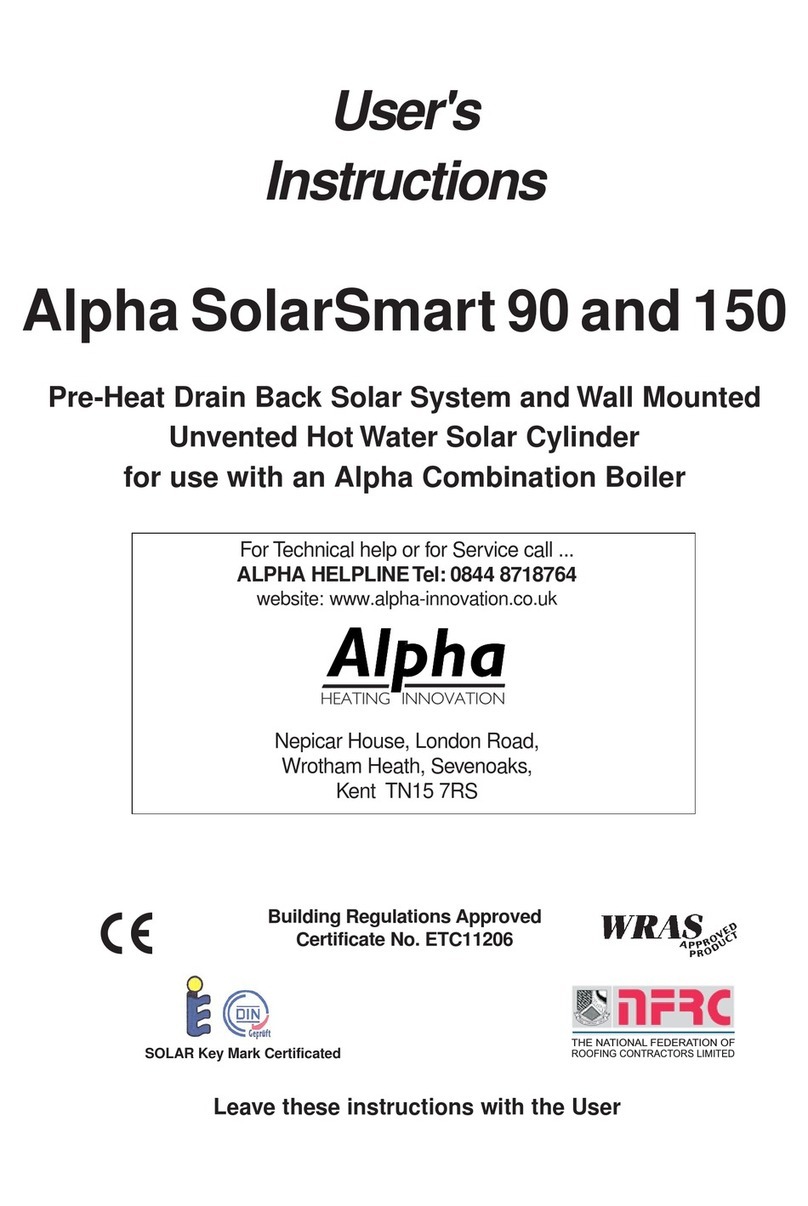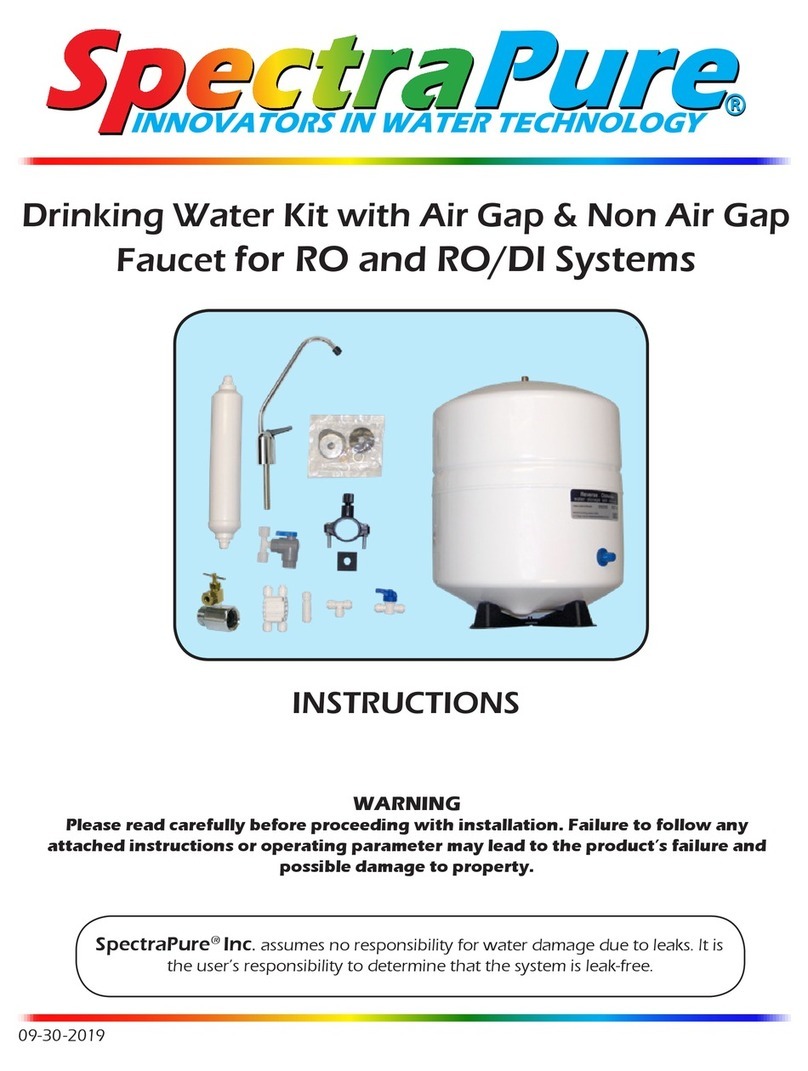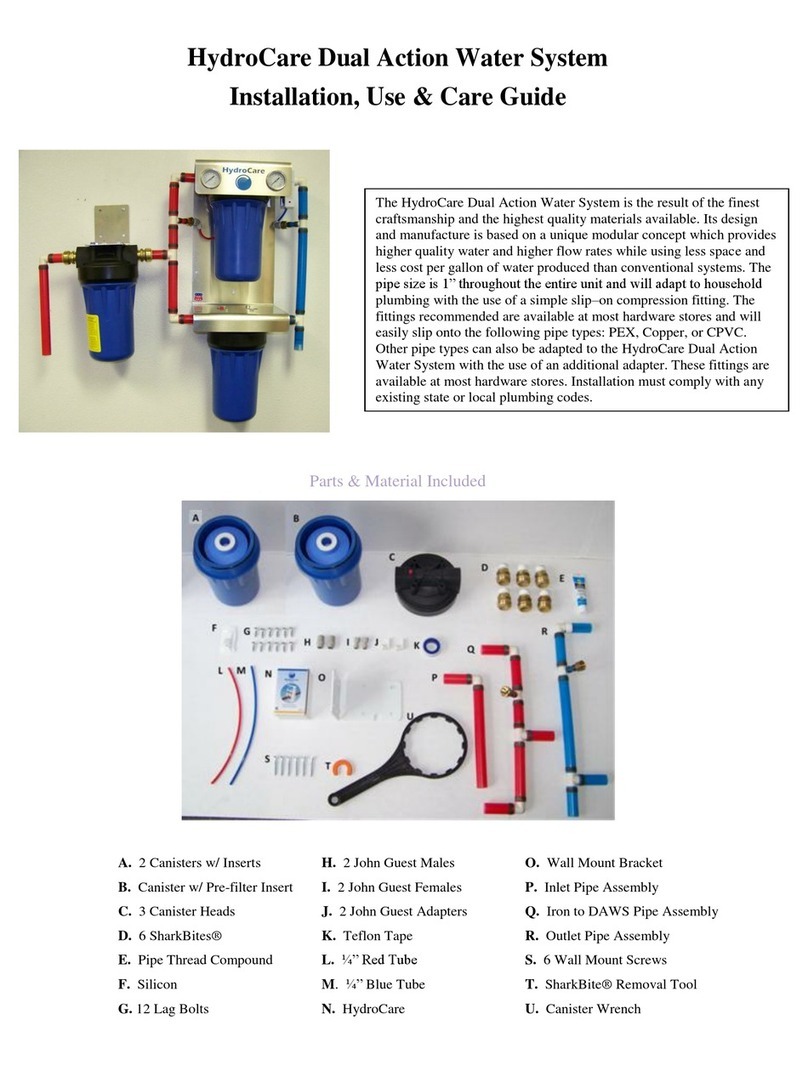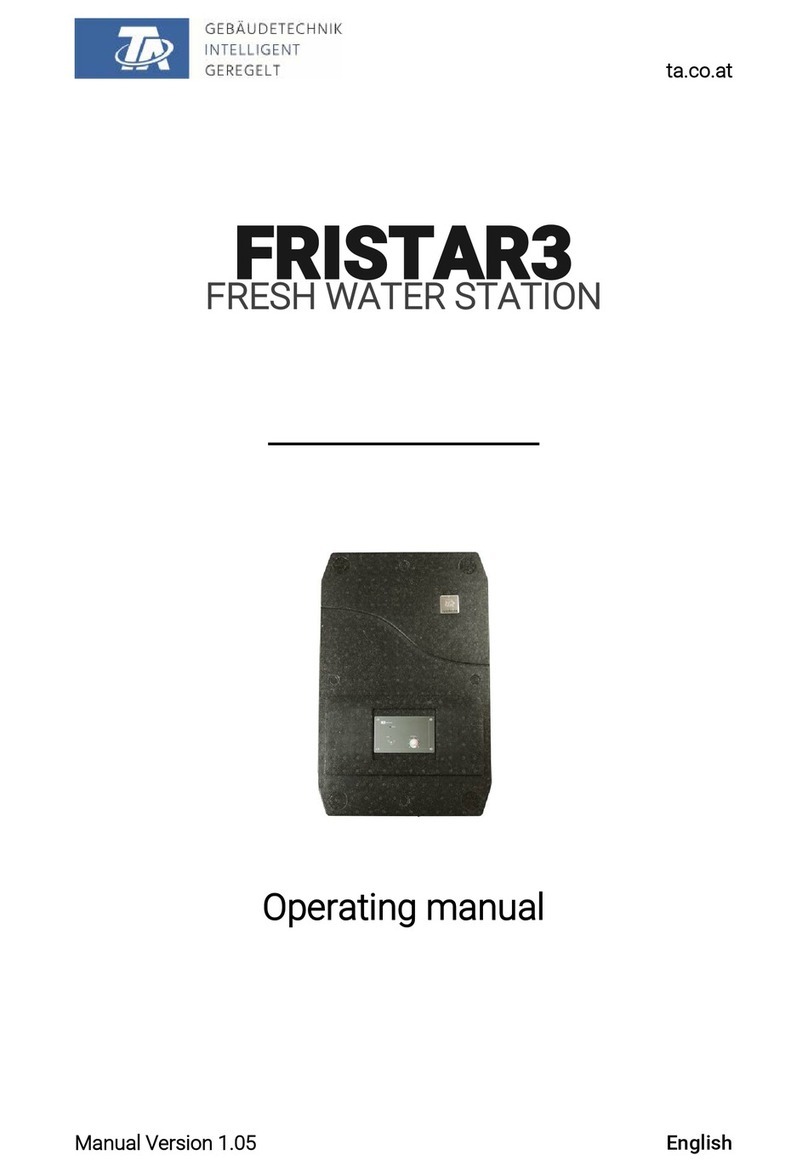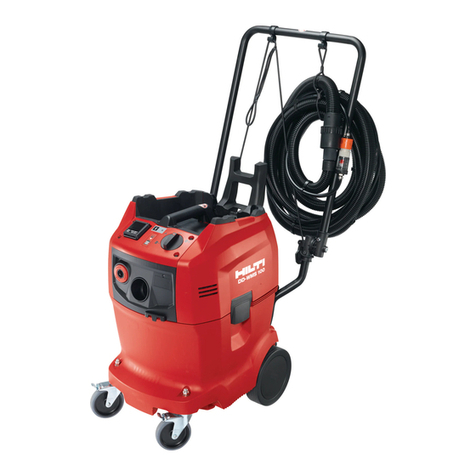
3
Alpha SolarSmart 100 - Contents/Introduction
CONTENTS
1 Introduction ........................................3
2 Technical data ...................................4
3 General information ...........................7
4 Installation .........................................13
5 Commissioning ..................................18
6 System operation ..............................21
7 Routine inspection .............................22
8 Component replacement ...................23
9 Wiring diagram ..................................25
10 Diagnostics and fault codes...............26
11 Parts list .............................................28
Benchmark Checklist
Service Record
The Alpha SolarSmart 100 system is a pre-heat drain back solar collector system which includes an unvented 103 litre
cylinder to store water heated by the solar collector. It is recommended that the system is used in conjunction with an Alpha
combination boiler fitted with the Alpha solar inlet sensor which is supplied with the system. The cylinder is fitted with a
pump, control unit, expansion vessel, safety valves and temperature sensors. A universal drain back unit (DBU) with pump,
stainless steel heat exchanger and vessel for use with one or two collectors is also supplied.
The SolarSmart 100 should be used with one or two collectors.
A tundish and 2.5 bar pressure reducing valve are supplied with the cylinder, the pressure reducing valve must be installed in
the mains inlet to the cylinder. All hot water blending valves fitted to the system must take the cold supply after the pressure
reducing valve to maintain a balanced pressure.
The solar collectors should be ideally facing South and when using two collectors (portrait only) they must both face in the
same direction. For more information see Section 3.6.
The solar collector is supplied in special packaging to protect it during transit. The four corners are protected and the
exposed edges are protected. The glass front and back panel are exposed. The packaging is not intended to support the full
lift weight of the collector.
When manually carrying the collector, always hold the exposed edges and not the packaging alone. The collector can be lifted
both horizontally and vertically. The collector can only be carried using lifting forks when on the original wooden pallet base.
IMPORTANT
This is in accordance with the Building Regulations for unvented hot water storage systems and the Local Authority must be
notified of the intention to install. Therefore the installation must be carried out by a person competent to install unvented hot
water systems.
The installation must be carried out in accordance with the following recommendations:-
All current Building Regulations issued by the Department of the Environment, i.e. Approved Document L1
Building Standards (Scotland) (Consolidation) Regulations issued by the Scottish Development Department
UK Water Regulations/Byelaws (Scotland)
Health & Safety Document No. 635 (The Electricity At Work Regulations 1989)
The installation should also be in accordance with the following British Standard Codes of Practice:-
BS 5449 .................. Forced circulation hot water systems
BS 5546 .................. Installation of hot water supplies for domestic purposes
BS 5918 .................. Solar heating systems for domestic hot water
BS 6700 .................. Design, installation, testing and maintenance of services supplying water
Failure to install this appliance correctly could lead to prosecution and will invalidate the guarantee. It is in your own interest and that
of safety to ensure that the law is complied with.
Manufacturer's instructions must NOT be taken in anyway as over-riding statutory obligations.
These appliances meet the requirements of IP20, i.e. degree of protection against moisture.
Reference should be made to Criteria for gas fired combination boilers used as after heaters in solar thermal systems and BRE
Solar heating UK:1981.
Proviso: WRAS Approval - Solar heating system components. Compliance with the relevant requirements of the Water Supply (Water
Fittings) Regulations 1999 has been assessed for this product only as a component of a heating system. If it is to be installed as
part of a system using solar energy or ground - or air - source heat pumps for pre-heating water which is to be used as domestic hot
water, the Water Fittings Regulations place a legal duty on the installer and user to ensure that the installation and operation of the
complete system prevents contamination of domestic hot water by Legionella bacteria, which can grow in water stored at temperatures
between 20° and 45°C. Where disinfection by heating is relied on to meet this obligation, information on minimum conditions for thermal
disinfection of Legionella bacteria can be found on the WRAS website - www.wras.co.uk
The Alpha SolarSmart unvented hot water cylinders have been specifically designed to prevent the proliferation of legionella
bacteria in this hot water system, and disinfection by heating is not relied upon to meet this obligation.
Lightning Protection
Refer to BS6651 for lightning protection, however this does not give specific requirements for solar panels and generally collectors
mounted on non-metallic roof structures will not require lightning protection.
Advice should be sought if mounting on metallic roof structures or mounting in situations where the risk of strikes are high.
1 INTRODUCTION
